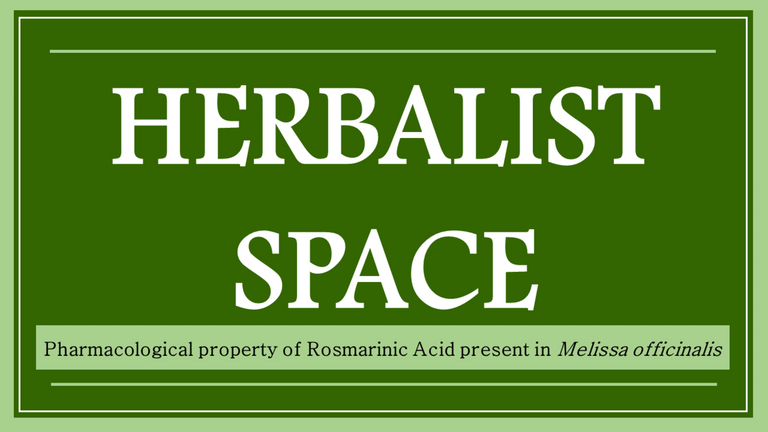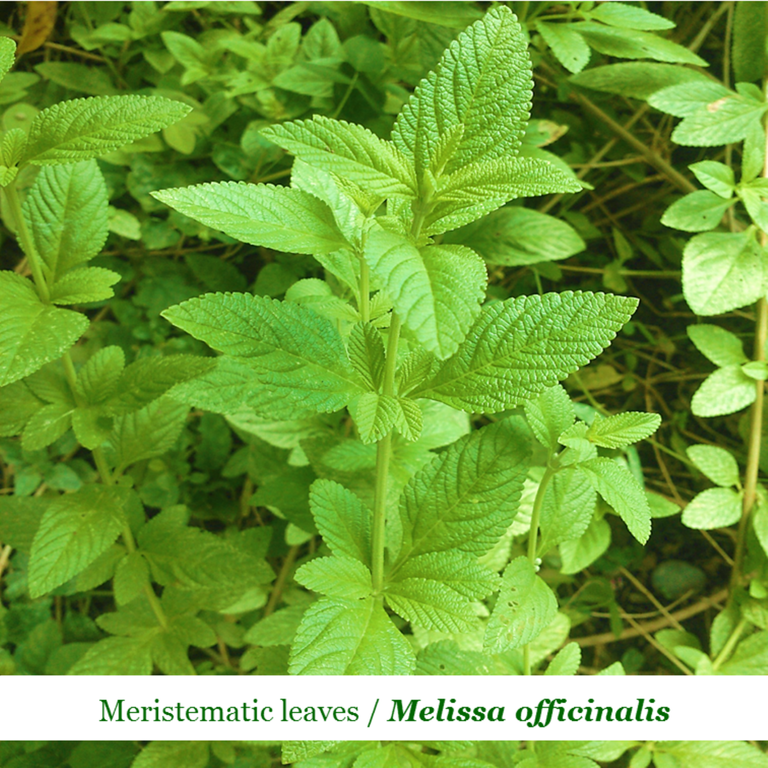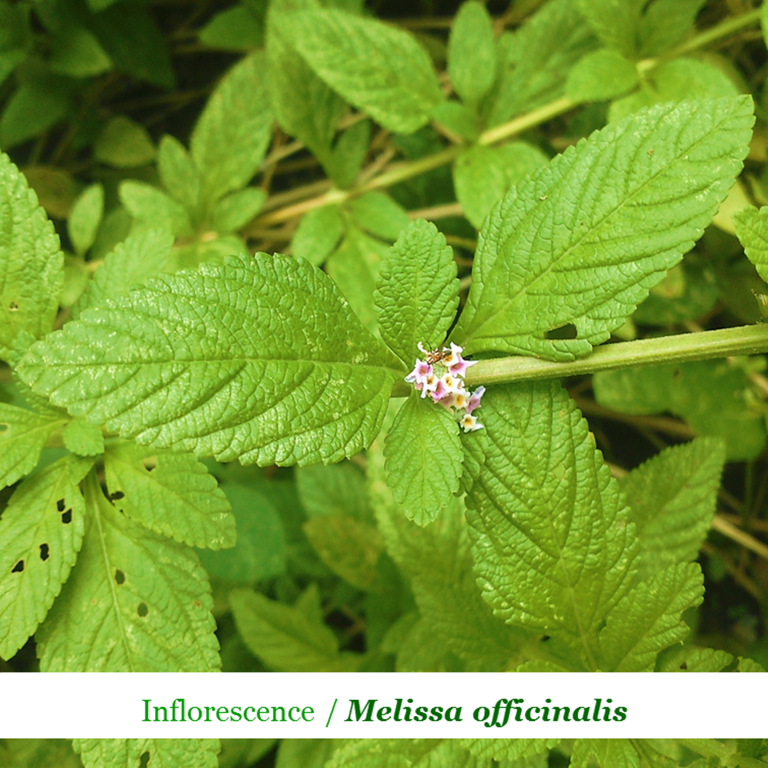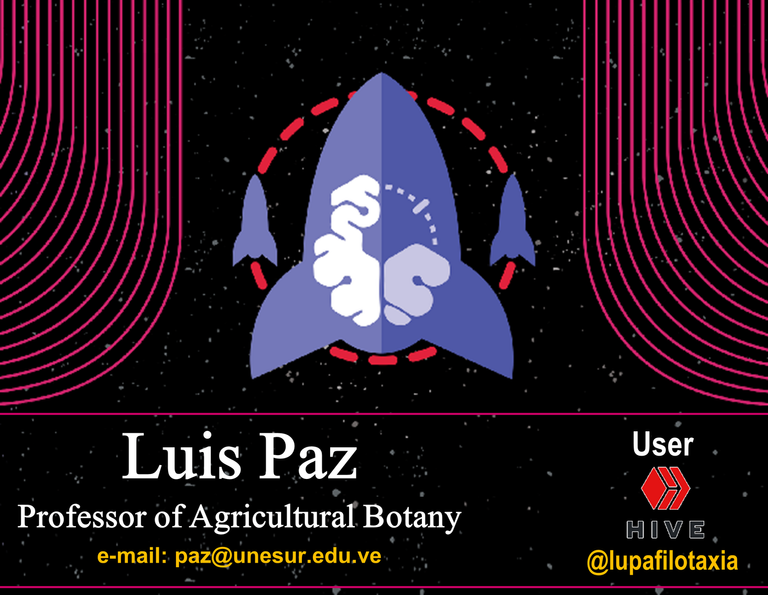HERBALIST SPACE // Pharmacological property of Rosmarinic Acid present in Melissa officinalis

As I have mentioned in previous issues, plant species have a large number of secondary phytometbolites with pharmacological potential, namely antioxidant substances, such as alkaloids and polyphenols which throughout history have been widely used for their therapeutic properties, mainly to treat various ailments and diseases.
However, it is important to note that the growing environmental pollution of our natural mother, has triggered a series of diseases associated with oxidative stress, hence, the scientific community with phytopharmacological training, in the constant search to develop alternative treatments with antioxidant action, have advanced in the formulation of fifodrugs based on plant substances, proven useful in curing neurodegenerative diseases, among which are: Parkinson, Alzheimer, and major psychiatric disorders such as depression and anxiety.
Faced with this encouraging context, in my particular case there has been interest in uploading scientific content on phytopharmacology, with the aim of socializing descriptive information related to the pharmacological capacity of certain plant specimens, such as this delivery, where I developed the main antioxidant responses of Rosmarinic Acid present in the leaves of Melissa officinalis or Lemon Balm as it is often referred to vernacularly on a global scale.

Fig. 2 Meristematic leaves of Melissa officinalis. Author: @lupafilotaxia.
Health effects of Rosmarinic Acid
Lemon balm, as it is known in most countries, is one of the vegetable specimens of greater ancestral use in Europe, Asia and South America, this due to the antiviral, antioxidant, anti-inflammatory, and analgesic activity, that have the essential oils, phenolic substances, flavonoids, polyphenols, tannins and triterpenoids present in its young or meristematic foliar laminae, now, according to the results of multiple investigations of experimental and clinical character, that have been developed essentially in Asian countries, the substance of greater pharmacological effect present in the young foliar laminae or meristematic of Melissa officinalis is called Rosmarinic Acid, this substance is characterized by reaching positive effects for health when reducing the viral load of multiple flu pictures, being the reactions of inhibition and reduction of the replication of the viruses of the Enterovirus genus (Pathogens responsible for the main respiratory and gastrointestinal affections reported in Asian countries), the main answers of greater transcendence associated to this phytomethabolite present in the lemon balm.

Fig. 3 Inflorescence of Melissa officinalis. Author: @lupafilotaxia.
In summary, in addition to the positive effects, on the pathologies described in the previous paragraph, the extracts or preparations based on leaves of Melissa officinalis, have shown to have antioxidant activity, and sedative and spasmolytic psychotropic action, as well as have shown favorable responses in tables related to panic disorders and obsessive-compulsive disorders.
BIBLIOGRAPHICAL REFERENCES CONSULTED:
[1] Tóth J., Mrlianová M., Tekeľová D., and Koreňová M. Rosmarinic acid – an important phenolic active compound of lemon balm (Melissa officinalis L.). Acta Facultatis Pharmaceuticae Universitatis Comenianae. 2003; 50: 139-146. Article: Online Access
[2] Sin-Guang. Anti-enterovirus 71 activities of Melissa officinalis extract and its biologically active constituent rosmarinic acid. Scientific Reports. 2017; 7; 12264: 1-16. Article: Online Access
 Join The Best Natural Health Community on Hive
Join The Best Natural Health Community on Hive
0
0
0.000
#Posh Twitter:
https://twitter.com/lupafilotaxia/status/1301968349694513153
What a Wonderful write up on Lemon Balm, thanks so much for sharing it with us all.Curated for #naturalmedicine by @trucklife-family.
We encourage content about health & wellness - body, mind, soul and earth. We are an inclusive community with two basic rules: Proof of Heart (kindness prevails) & Proof of Brain (original content). Read more here.
Our website also rewards with its own Lotus token & we'd love you to join our community in Discord. Delegate to @naturalmedicine & be supported with upvotes, reblog, tips, writing inspiration challenges for a chance to win HIVE and more. Click here to join the #naturalmedicine curation trail!
We also encourage you to follow our sister accounts, @lotusshares and @uplotus for announcements and rebogs.
Thank you for your support of the content. As I continue to upload content to @NaturalMedicine, I will adapt the manuscripts to make them more useful to community members. Happy and blessed day.
It is a pretty good post, I think it is essential that ordinary people know the underlying biochemistry in plants and how it interacts with the human body.
Greetings @tarot911, right and that is precisely the objective of this thematic series, to socialize content on the positive effect that the main phytomethabolites present in plants have. Thank you for your visit and for leaving your positive appreciation.
It is always a pleasure to read and comment on such good quality posts as this one. Regards.